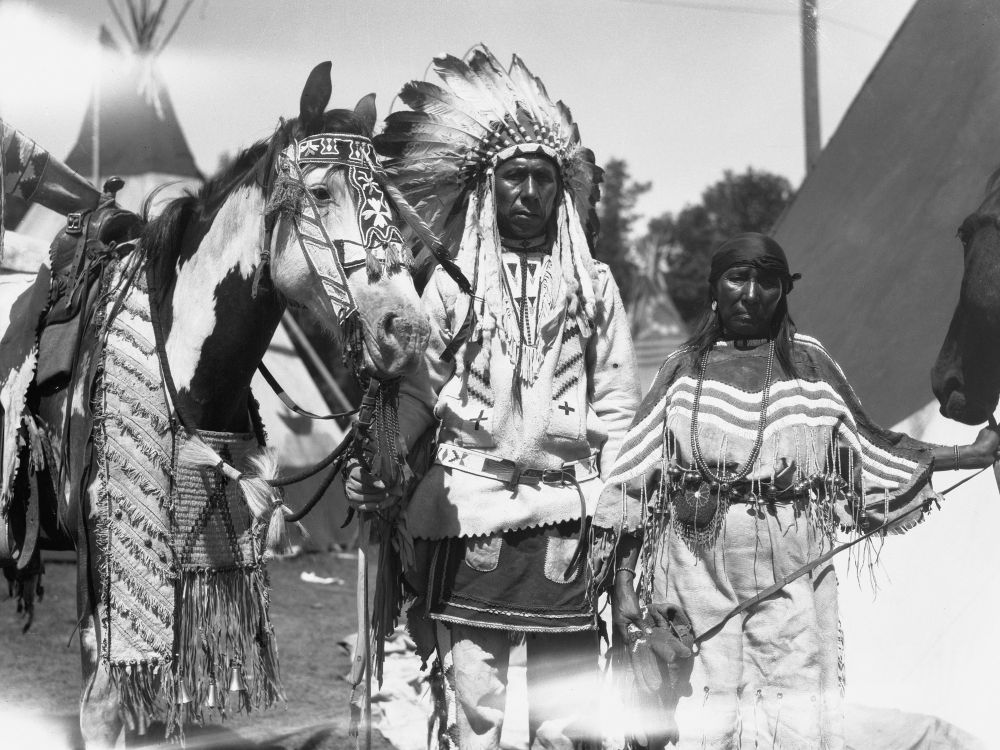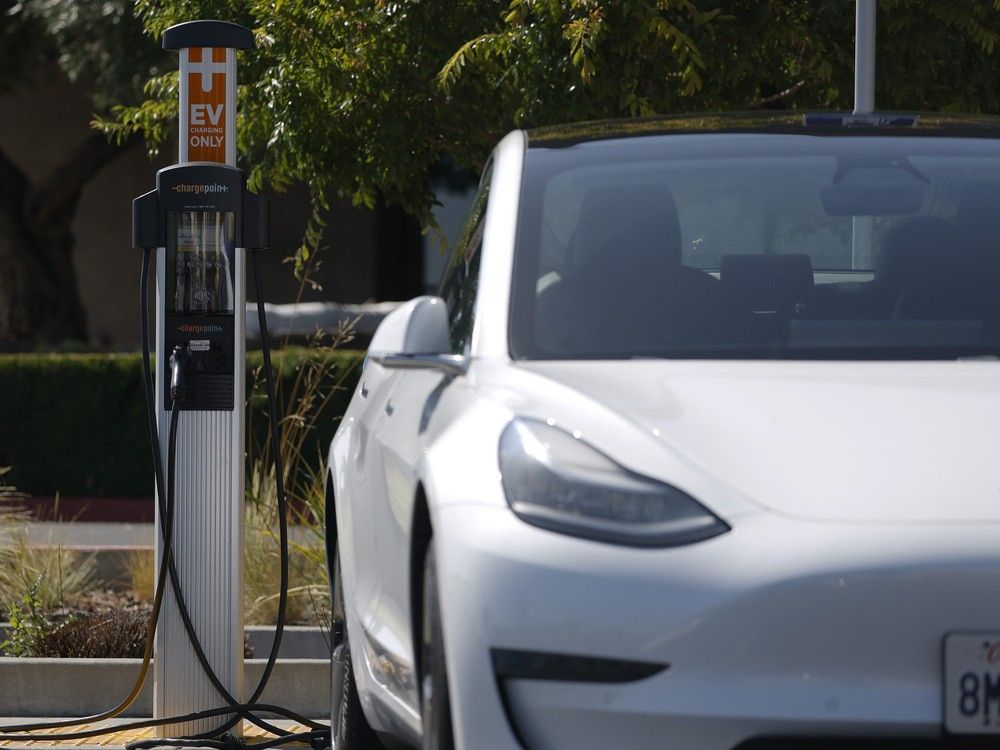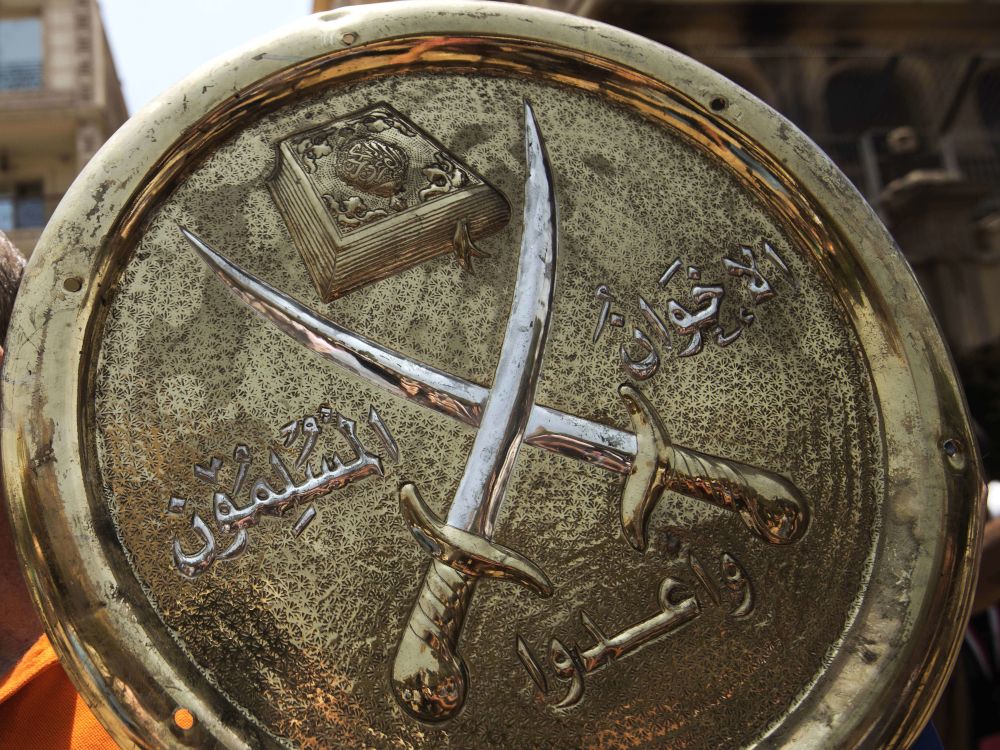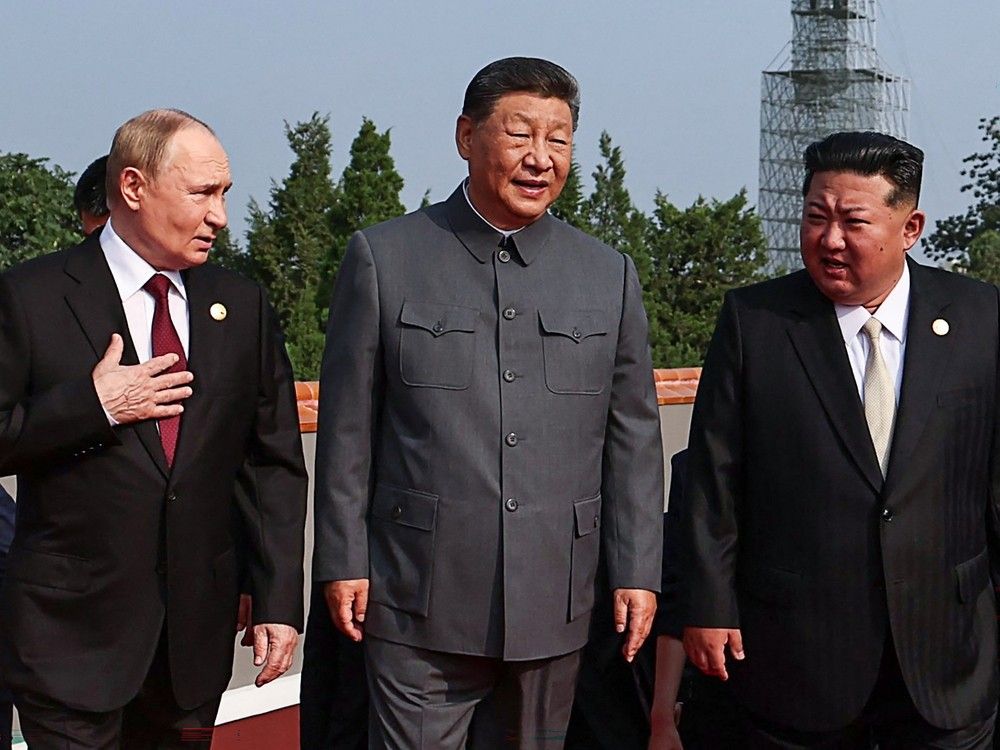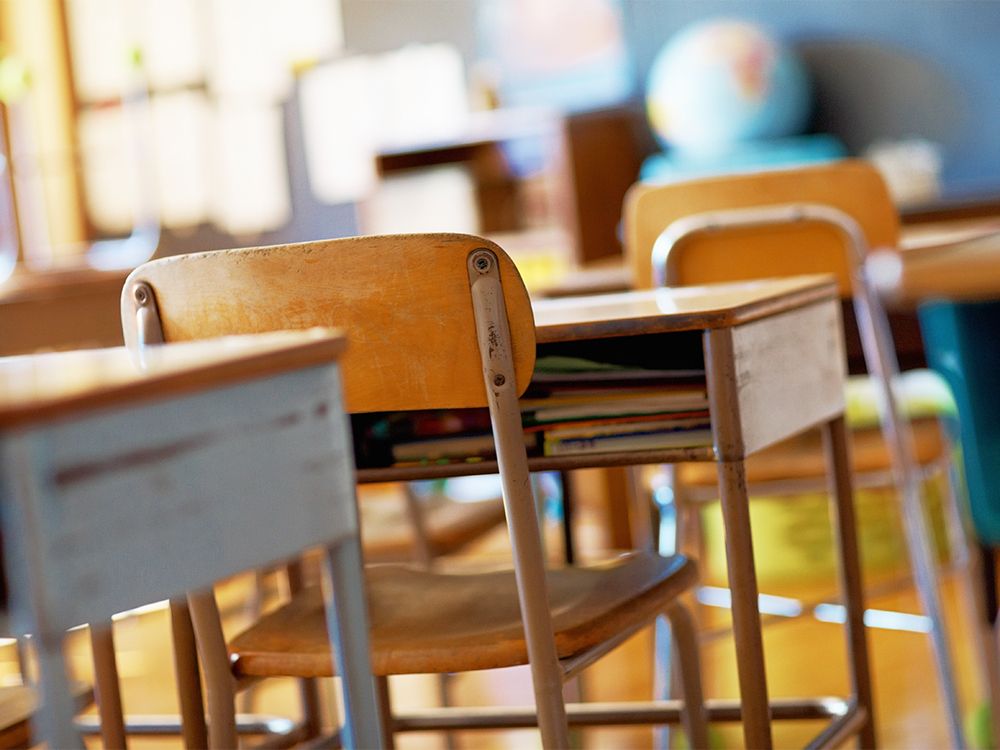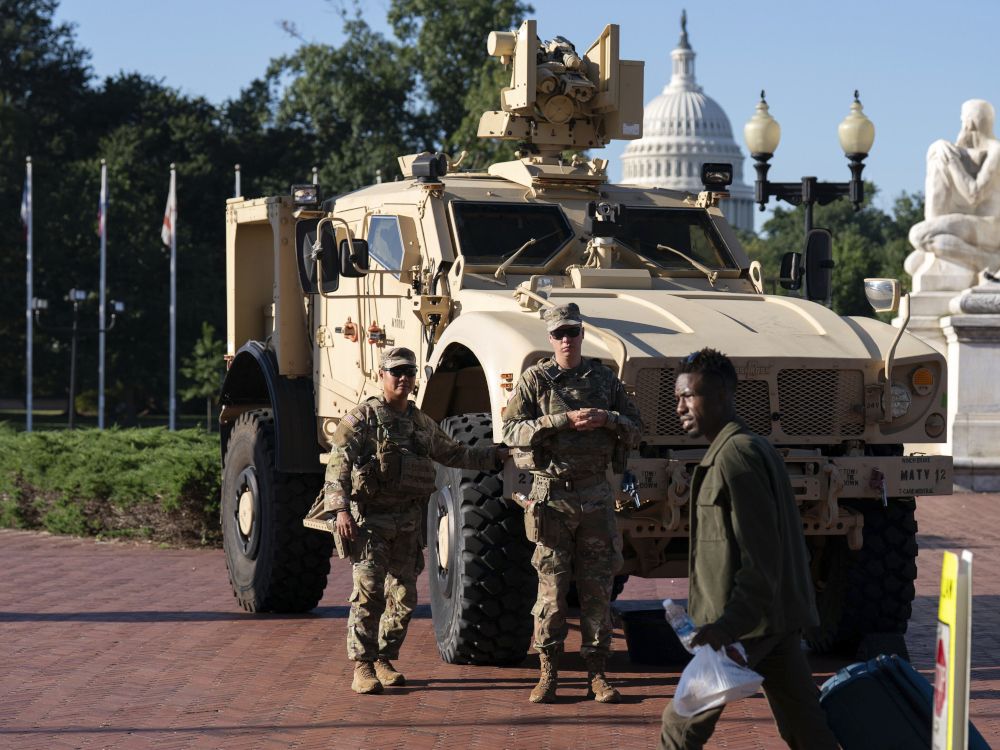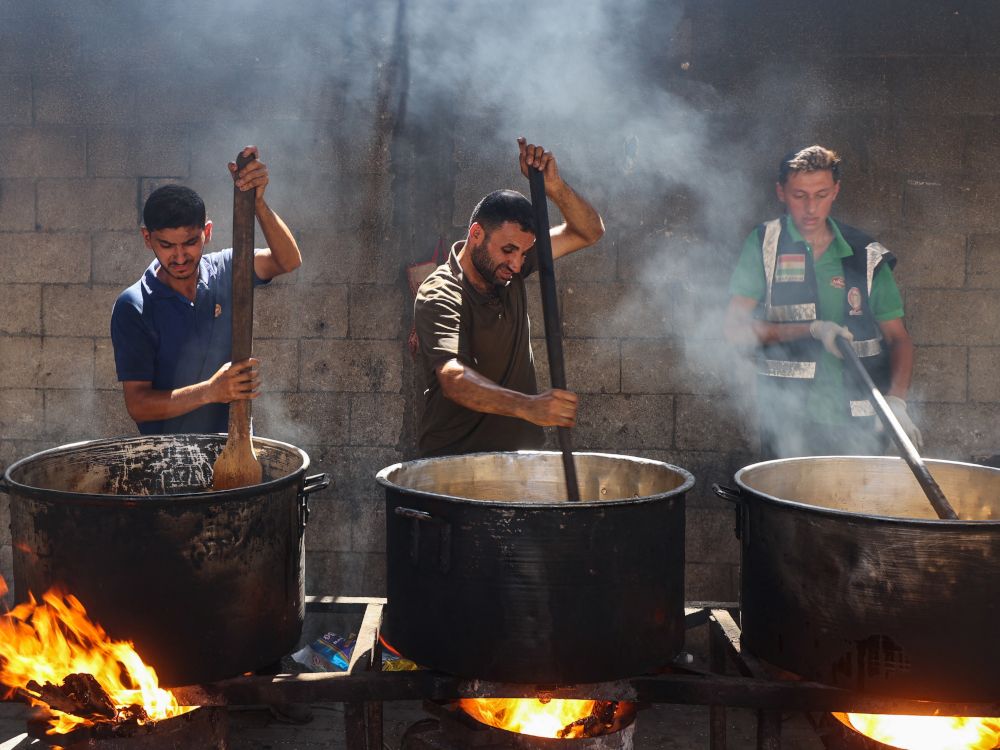
‘Austerity’ for ‘tax-and-spend Liberal party’?
Re: Carney says to expect ‘austerity and investment’ in upcoming fall budget — Christopher Nardi, Sept. 3
When Prime Minister Mark Carney talks about “austerity,” I hope he is talking about the federal government. Relative to the economic promise of our great country, Canadians have been living under “austerity” measures at the hands of the tax-and-spend Liberal party for over a decade. It is time for the government to reduce the inordinate level of employment in the civil service and the compensation enjoyed by Ottawa’s elite at the expense of hard-working private citizens.
When Carney speaks about “investment,” I hope he is referring to private-sector investment in Canada’s economy. For too long Ottawa has plowed tax dollars into ill-conceived business ventures or bailed out failed enterprises for ideological reasons. The Liberal government must eliminate all the restrictive barriers it has placed on business and industry to invest in Canada’s future. That is the budget we need to be wealthy.
Larry Sylvester, Acton, Ont.
As a taxpayer I think it’s fair to ask why Mark Carney made this announcement from a cabinet meeting in “Toronto’s North York?”
People have been outraged by how much the Governor General has spent on her various state visits. I think we should be asking how much this little cabinet outing cost us all.
Flight costs to Toronto for the PM, the ministers and all their staffs and minions; hotel rooms — I’m sure this wasn’t a cheap airport hotel; meals — quite lavish I would imagine; plus additional security costs.
If it was privacy they wanted, why pick Toronto, the largest, most expensive city in Canada? Do they not all have homes in Ottawa? Was there no room to put them somewhere and lock the door to keep everyone else out?
Austerity, Mr. Carney, begins at home.
Maxanne Ezer, Toronto
We are borrowing from tomorrow — and it’s shameful.
The federal government and most provincial governments continue to rack up debt with no regard for who will pay the price. Spoiler alert: it won’t be the politicians signing the cheques. It will be our children. Our grandchildren. The generations who had no say in today’s reckless spending but who will inherit the consequences.
As a father and grandfather, I’ve spent years teaching my family the value of hard work, saving, and living within their means. I’ve taught them that debt isn’t just numbers on a spreadsheet — it’s a burden that limits freedom and opportunity. Yet the very governments meant to safeguard their future are undermining it with fiscal negligence.
Canadians recently elected a man with an impressive economic résumé — someone who promised competence, accountability and sound financial stewardship. And yet, here we are: Still no federal budget. No transparency. No roadmap. What gives? It’s our money, and we have every right to see how it’s being spent. The silence isn’t just frustrating — it’s insulting.
Even the Parliamentary Budget Officer, Canada’s independent fiscal watchdog, has sounded the alarm. The PBO has warned that rising debt levels and ballooning interest costs are unsustainable — threatening the very programs and services we claim to protect. When the interest on our debt begins to crowd out spending on health care, education and infrastructure, what will we say to our children? That we knew and did nothing?
Every dollar spent without discipline is a dollar our kids will have to repay — with interest. We’re not investing in their future; we’re mortgaging it.
Glen Grossmith, Canmore, Alta.
Raise a glass to Ukraine
Re: Video shows Doug Ford pouring out a bottle of Crown Royal over decision to close Ontario plant — Allison Jones, Sept. 2
I’ve supported/applauded liquor stores for removing American products from their shelves — “Canada strong” at its best. Not only will I not purchase American booze but I won’t shop at any store that has American liquor on its shelves.
If Canadians want to show “elbows up” for another good cause they should be supporting Ukrainian wine, which I have found at a Sobeys here in Spruce Grove. Some Ukrainian cities actually banned the sale of alcohol to their people at the beginning of the war because they wanted them to be alert and aware 24/7. Other Ukrainians stopped drinking voluntarily. Ukraine’s beer and wine exports help keep employees working and keep their excellent spirits alive.
So I say to Crown Royal’s parent company, Diageo — go ahead and close your bottling plant in Amherstburg, Ont. Don’t let the door hit you on the way out. And to liquor from Ukraine, I say welcome.
L.G. Anderson, Spruce Grove, Alta.
Order of Canada needs revamping
Re: The Order of Canada provides far more division than unity — Chris Selley, Sept. 2; and Strip Mohamad Fakih of Order of Canada membership — Lisa MacLeod, Selina Robinson and Kevin Vuong, Sept. 4
Columnist Chris Selley is right: the Order of Canada too often divides instead of unites. A better approach would be to take the final decision for recommendations out of the hands of an unelected advisory council and put it in the hands of elected MPs, with a super-majority required before any name goes to the Governor General.
That would cut down on controversial picks that make Canadians feel shut out, and keep the focus on people who truly bring the country together. Terry Fox, who received the Order in 1980, is the model: someone who still unites Canadians in pride and purpose.
And if that means fewer people get the honour, so much the better. Scarcity would restore its weight.
Colin McComb, Ottawa
Expanding port of Churchill makes sense
Re: Former Trans Mountain CEO Dawn Farrell to head Ottawa’s major projects office — Catherine Lévesque, Aug. 29
It’s good that the federal government is finally opening its eyes to the massive potential of expanding the port of Churchill, Man., in order to export liquefied natural gas (LNG) and critical minerals to Europe. We will no longer need to worry about Quebec standing in the way of projects like a pipeline to the East Coast.
Yes, we will need some icebreakers to keep Churchill open season round, but that will probably be a fraction of the cost of building a new pipeline to the east. This begs the question, why wasn’t this done years ago?
Bill Stemp, Calgary
‘Canada no longer a country that stands proud’
Re: Man, 71, accused of stabbing elderly Jewish woman in Ottawa has history of antisemitic comments — Adrian Humphreys, Aug. 29; and A void of moral courage at the very heart of the Liberal party — Avi Benlolo, Sept. 5
As a young Jew growing up in Winnipeg, a city with a large Jewish community at the time, I never feared walking down the street going to school, to synagogue, meeting friends at a kosher deli. How different it is for so many young Jews in Canada today. As they walk to school, to synagogues, to shops, they look around and wonder who, if anyone, would even come to their aid if needed. The unleashed antisemitism in our communities has made them feel vulnerable and alone.
While 31 Liberal MPs signed Montreal MP Anthony Housefather’s statement this week condemning antisemitism, 137 did not. Mark Carney has made inane statements about “standing with the Jews” but has yet to do anything concrete. If anything, his outspoken bias against Israel and his posturing about recognizing a Palestinian state has added to the surge of Jew hatred in our country. The result of all this — too many Canadian Jews feel abandoned by their elected officials and this government.
All Canadians should be concerned. Hate is like an amoeba. It will grow and change. It will find new targets. Jew-haters will soon latch onto other groups they feel need to be targeted for believing in a free, tolerant and safe society.
Canada is no longer a country that stands proud. It is a country where virulent hate and harmful actions are tolerated, rather than extinguished.
Phyllis Levin, Toronto
Weighing Mark Carney’s value(s)
Re: A fragile federation awaits Carney’s green assault — Conrad Black, Aug. 30
Thank you Conrad Black! Finally someone has exposed (quite eloquently, I would add) Mark Carney’s book Value(s) for what it is: a sleep-inducing, anvil-weighted tome of an attempt at socialist thuggery thinly disguised as virtuous. But will enough people see through it? As Black states, we can only hope so.
Tim Harkema, Calgary
In Mark Carney’s book Value(s), which Conrad Black describes as “alarming,” the now prime minister called for the abandonment of fossil fuels with superhuman haste. Then he got elected on a platform, largely lifted from the Conservative party, of urgently promoting the development of Canada’s resources and providing export facilities, i.e. presumably pipelines from Alberta to tidewater (both east and west) as well as minerals from northern Ontario. All this to also boost our flagging GDP and dependency on the U.S.A.
Surely an explanation is needed here. Both scenarios cannot happen!
Harry K. Hocquard, King, Ont.
Bring on national service
Re: Canadians overwhelmingly in favour of mandatory national service, poll finds — Chris Knight, Aug. 11
Our oldest son recently came back from doing his national service in my wife’s native Finland. As a Finnish dual citizen living in Canada, unlike Finns in their homeland, this was not mandatory but he decided to sign up voluntarily and he has no regrets. (National service is mandatory for young men and voluntary for women in Finland.)
In Finland, the joke is that once your child comes back from the army, they finally know how to make their own bed. It is that and much more. Finnish citizens from many cultures come together when doing their time in the military. Our son’s unit included the children of African refugees, U.S.-born Finns, and even a young man whose family had emigrated from Russia.
By working together in common cause the cultural divide is bridged, a common Finnish identity is forged and friendships that otherwise would not have come to be, are made.
If this is good for Finland, a country that is relatively homogeneous, imagine what it could do for an increasingly divided Canada.
Glen Leis, Aurora, Ont.
Solving the supply management dilemma
Re: For a trade deal tomorrow, sacrifice these two dinosaurs — Michael Nitefor, Aug. 7; and Canadian farmers weigh plans as Chinese tariff hits canola price — The Canadian Press, Sept. 1
Domestic food production is a challenging issue. Our supply management system creates a big target for U.S. trade negotiators and the price is paid by Canadian consumers. Farming is a business and, like any other business, should not expect guaranteed markets and prices.
On the other hand, national food security is a big issue. Like the COVID-19 supply chain disruptions, excessive dependence on long and fragile global supply chains for food is risky, particularly when extreme weather events are no longer a rarity.
Just because famine hasn’t been experienced for many decades in Canada doesn’t mean the risk does not exist. Concurrent droughts in multiple agricultural regions are possible, in fact, probably growing in probability. It is not common for countries to ban the export of commodities in the event of droughts or other natural disasters. Black swan events do happen.
A diversified, domestic food supply chain back to Canadian farmers is a strategic necessity. The question is how to encourage domestic agriculture and processing without trade challenges. One possibility, likely one of many, is through government procurements.
There is a huge food insecurity problem in our country. Food banks are overwhelmed by demand and have limited fundraising capacities. Why can’t the federal government, working with the provinces, purchase food from Canadian farms on behalf of food banks, feeding programs for children, and for international aid programs?
There are undoubtedly many ways in which governments can support our agricultural sector in ways that neither distort markets nor lead to trade disputes.
John Shepherd, Richmond, B.C.
Clarifying ‘greenwashing’ complaint involving Cenovus and Enbridge
Re: Companies’ net-zero pledges come back to bite them — Gina Pappano, Sept. 3
In her recent op-ed in FP Comment, Gina Pappano misrepresents our recent greenwashing complaint regarding Cenovus and Enbridge, stating that it was filed under Bill C-59 amending the federal Competition Act.
In fact, it was intentionally filed instead under Alberta securities law, since Canada’s securities regulators are repeatedly on record warning market participants that accurate and complete disclosure applies equally to material environmental disclosures.
Investors should not need to wait for citizens to bring complaints under competition law to get accurate information. The fact that securities regulators have not acted on their warnings has created an environment where many Canadian oil and gas companies are claiming alignment with net zero while acting the opposite manner, raising investor risk due to the rapidly changing economics of the energy transition.
Matt Price, Executive Director, Investors for Paris Compliance
National Post and Financial Post welcome letters to the editor (250 words or fewer). Please include your name, address and daytime phone number. Email letters@nationalpost.com. Letters may be edited for length or clarity.





